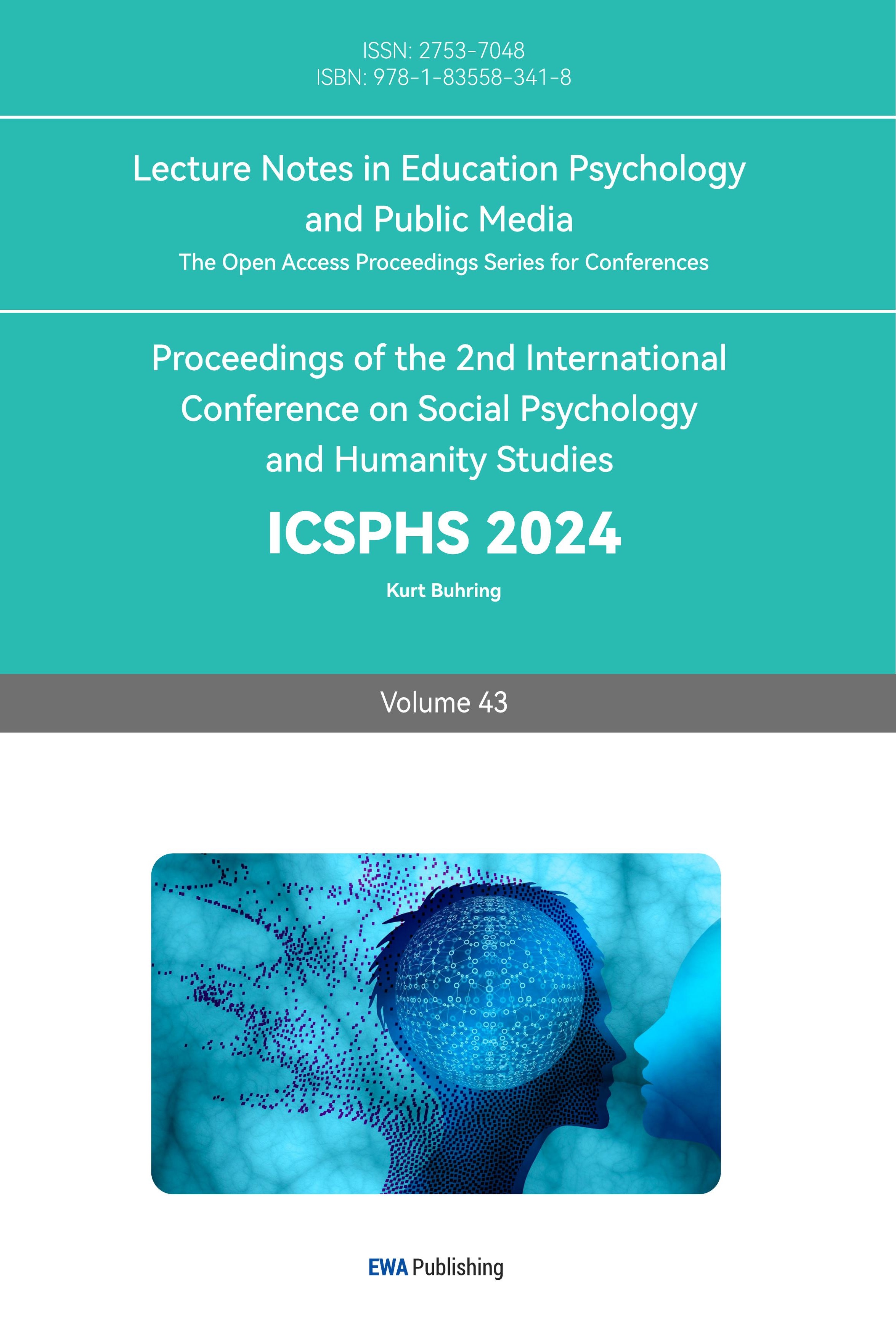1. Introduction
The two concepts, the Other and the Self, are intertwined that the image of the exotic emanates from the collective social imagination, representing a specific manifestation of the collective societal imagination: a description of the Other. The Other always exists in relation to the Self. The other possesses cognitive value because the self can reflect upon itself through the other. Westerners view the non-Western world outside the Self as the Other, establishing a clear dichotomy between the two. Consequently, the concept of the Other inherently implies a Western-centric ideology.
Broadly speaking, the Other serves as a reference that both differs from and connects to the subject. Although the director of The Farewell is of Chinese descent, her perspective remains influenced by an Orientalist viewpoint. Faced with her own ethnic identity, she inevitably encounters cognitive biases, unconsciously accepting or even exacerbating external stereotypical impressions of the East. Therefore, analyzing the construction of the city image of Changchun in The Farewell can contribute significantly to fostering an objective understanding of China within national societies, enhancing cross-cultural communication and understanding, as well as promoting global peace and cooperation.
Drawing upon Kevin Lynch’s theory of urban imagery, this paper interprets the urban image of Changchun depicted in The Farewell from the perspective of the Other, exploring the diverse cultural connotations and clashes of Eastern and Western thoughts manifested in the new generation of Chinese-American cinema. China has long been an important Other in the Western world. Billi, positioned within the contemporary Chinese context in the movie, reflects the continuation of Western perceptions of the East through her physical and visual presence. This paper aims to find out whether the film manages to break away from the confines of the Western perception of the Other.
2. Literature Review
“A city can be seen as a story, a diagram of social relationships, a space that is both whole and dispersed, a domain affected by material forces, a series of related decisions, or a domain filled with contradictions” [1]. In the era of globalization and diverse cultural backgrounds, the amalgamation of urban imagery with multiple cultural backgrounds is imperative. Constructing a harmonious and clear multicultural urban image is an unavoidable contemporary concern that greatly aids in urban tourism promotion and cultural development.
The academic research on urban imagery in movies has yet to be systematized. While there is attention directed towards urban imagery in films, it remains limited to Chinese films, focusing solely on the perception of Chinese urban imagery by Chinese people. Kanghao Chen, in “A Study on the Multicultural Urban Imagery of George Town and Malacca,” primarily conducts a comparative analysis of the readability of the urban imagery of these two cities, focusing on elements such as “roads, borders, regions, nodes, and landmarks” [2]. Chen proposes exploring the cultural connotations behind the composition of these urban imageries, which is of enlightening significance to this paper. Delving into the urban imagery portrayed in Chinese diasporic films aids in comprehending the East-West cultural backgrounds and facilitates cultural exchange and communication.
There is scarce research focusing on the portrayal of Chinese urban imagery in foreign films. While the academic study of real urban imagery and urban spaces is extensive, most focus on scholarly research applied within the framework of urban image theory [3,4]. The exploration of “Urban imagery of China in films” tends to lean more toward European and American movies. Due to the considerable geographical distance between China and the West, the cultural differences are more pronounced, resulting in a more imaginative portrayal of China in Western cinema. In recent years, the Chinese diaspora has begun using films to construct Chinese urban imagery, seeking their Eastern roots and expressing their understanding and feelings toward China. Upon its release, The Farewell received accolades within academic circles, attracting significant research focused on the cultural differences between East and West [5]. However, criticism within academia also exists. Despite having a Chinese director, screenwriter, and actors, the influence of Western cultural hegemony often results in an orientalist perspective while shaping the imagined Oriental image [6].
Daniel-Henry Pageaux argues that “the study of imagery requires researchers to reassess their value system and reflect on the Other drawn out through continuous and in-depth research. Imaginary research contributes to a critical consciousness in our cultural practices and moral responses [7]. Ultimately, the Other aims not to elucidate exotic images themselves, but rather the self that emerges from these exotic images. Kevin Lynch, in The Image of the City, emphasizes the importance of “legibility” and “imaginability” in the cognition of an urban image. He defines “imaginability” as the feature contained within tangible objects, likely to evoke strong imagery for any observer. Shapes, colors, or layouts contribute to creating an environment with personality, clear structure, and high practicality in terms of environmental imagery, also referred to as “legibility,” or, in a broader sense, “visibility” [8]. Objects are not merely seen but are perceived clearly and strongly.
Film, leveraging its strengths, rapidly and extensively portrays the city’s appearance within a short period. Therefore, the urban “legibility” and “imaginability” in the film not only manifest in cultural activities but are more prominently depicted in the physical space of the city. These externally visible and directly legible physical spaces correspond to associated urban landscapes. These “spaces and places are words known to represent shared experiences,” and experience often constitutes an essential element in forming personal or public imagery [9]. Experience often implies specific feelings or thoughts encountered by an individual or certain groups, emerging from a combination of feelings and thoughts [10].
This paper attempts to explore the city of Changchun’s spatial symbols, investigating the city’s memory and culture behind them while delving into the director’s choices after the fusion and collision of Chinese and Western cultures. It aims to present a more objective understanding of China’s impression in the minds of the Chinese diaspora, constructing a more objective, three-dimensional image of the Chinese city from the perspective of a Chinese-American director with dual identities, reflecting her understanding and memories of China.
3. Results and Discussion
3.1. Urban Memory
This section will examine the cultural connotations behind the urban image of Changchun from the perspective of the Other, as presented in the film, to explain the differences in acceptance between Western and Eastern audiences. Urban memory can be regarded as a collective memory of a city, primarily intended to sustain a continual recall in the collective psyche, thereby fostering a sense of identification among its inhabitants. “The significant role of urban memory also lies in maintaining the continuity of a city's historical culture and its identity” [11] The Farewell extensively portrays scenes of Changchun, including Guilin Road, the Rainbow Sculpture in Oriental Plaza, and the St. Mary’s Hospital where the grandmother resided before her passing, all forming a backdrop for a touching family story.
Changchun serves as the central setting for the narrative and acts as a vessel for the emotional childhood memories of the protagonist. After returning to China, the director showcases Changchun extensively through the lens of the protagonist, Billi, capturing various street scenes, pedestrian traffic, hotel baths, wedding halls, and the living rooms and kitchens of her grandmother’s home, highlighting Billi’s interactions with her family and her personal emotional evolution. The portrayal of Changchun’s urban image in the film revolves around two prominent extended shots: one displaying Billi’s views of the landscapes during her travel and the other depicting Billi’s rush to obtain her grandmother’s diagnosis.
The portrayal of Changchun in this movie significantly differs from the perception held by the Chinese people. In the first extended shot, upon her arrival at Changchun airport, the protagonist, Billi, encounters overweight taxi drivers. The sky appears overcast, and unfinished tall buildings dominate the surroundings. The erratic cranes atop the apartment buildings form the skyline of the suburban edge of Changchun. It epitomizes China’s contemporary rise of urban-rural integration but lacks distinctiveness, resembling any corner of the world.
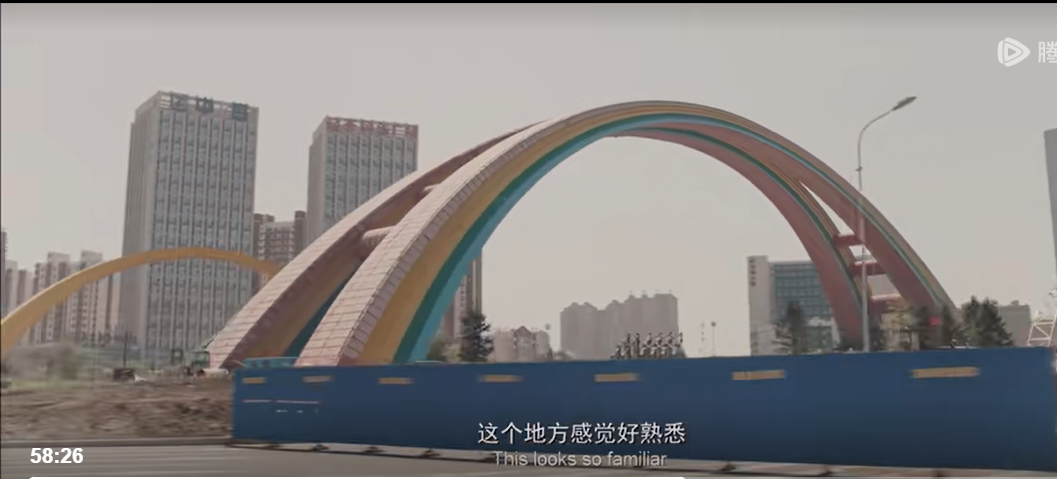
Figure 1: Screenshot from The Farewell (00:58:26)
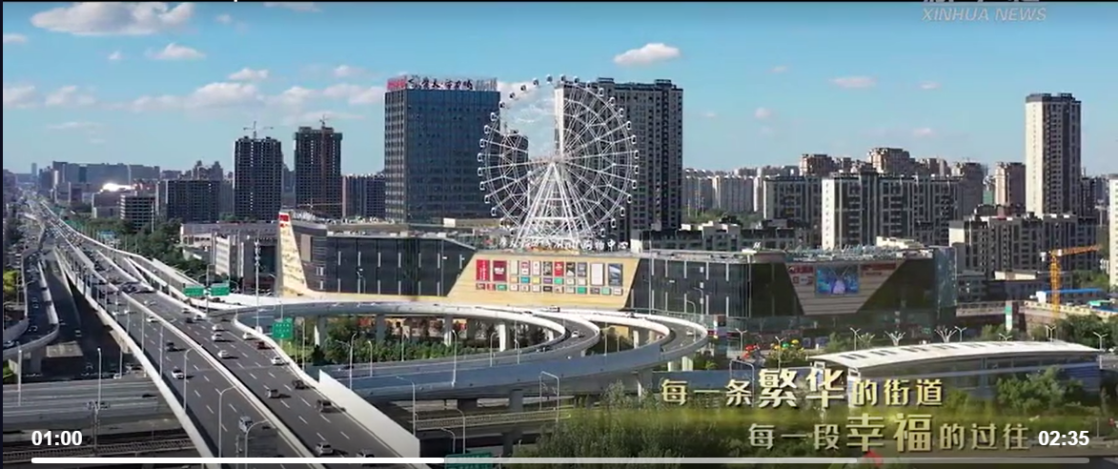
Figure 2: Screenshot from Changchun’s Promotional Video by Xinhua News Agency (00:02:35)
From the perspective of film history, this seems like a breakthrough, as it constructs a Chinese city image in an American narrative film that lacks the typical Chinese elements such as “pagodas, dragon and phoenix motifs, or overhanging eaves” [12]. Another point to note is that the director primarily depicts the demolition and reconstruction of Changchun’s urban architecture. Demolition and reconstruction refer to the removal and rebuilding of old or illegal buildings in a city. The era marked by extensive development, heavy industry, and significant demolition and reconstruction is generally believed to have occurred during the period of Reform and Opening Up (1978-2018) which usually refers to the 80s and 90s. However, the film was shot in 2017, a time when China’s national economy was running steadily, and the overall quality of development was steadily improving. Thus, scenes of demolition and reconstruction are not commonplace in every city. Director Lulu Wang, born in 1983, spent her childhood in China before moving to the United States. Therefore, the director’s impression of Changchun is more aligned with her memories of the city. Even though the filming took place in Changchun, the selected scenes more closely align with the director’s reminiscences of Changchun.
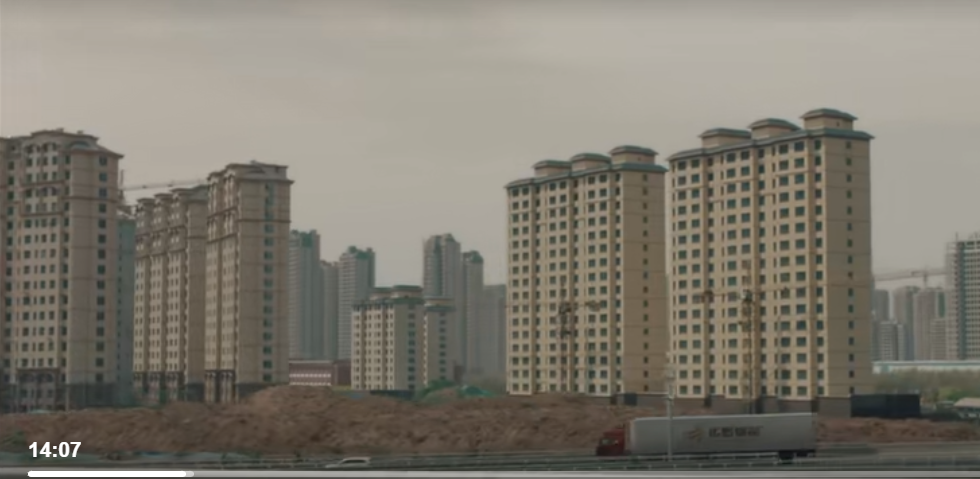
Figure 3: Screenshot from The Farewell (00:14:07)

Figure 4: Screenshot from The Farewell (01:29:53)
Apart from the long shots, the short ones also depict the differences between Changchun and New York. In contrast to New York, Changchun is always under a hazy sky (Figure.3), displaying construction sites amid the ongoing demolitions and reconstructions and high-rise buildings adorned with cheap neon lights. Scenes outside the airport exhibit taxi drivers rushing towards passengers, hotel owners overly curious about returned overseas Chinese, and staff mechanically chanting slogans before the opening of a wedding hall. Through these various scenes, it becomes evident that New York in the United States reflects the coldness of a capitalist society (Figure. 4), while Chinese society exhibits a more intricate sense of human emotions. The urban memories of Changchun depicted in the movie belong more to the director and the Chinese diaspora, serving as a portrayal of a journey to rediscover roots for a young Chinese-American. Hence, the image and memory of Changchun in the eyes of Chinese audiences appear distant and alienating, evoking discomfort.
3.2. Urban Culture
Culture can be broadly understood as the wealth of all material and spiritual aspects of human beings. The concept of culture by the German philosopher, Herder, is “the shared meanings, values, and ways of life specific to a particular nation, group, class, or period” [13]. Culture can also be understood as “the traditional ways of life and patterns of behavior (i.e., actions) acquired by social members through learning from society, including established, repetitive modes of thinking, emotions, and actions [14].
Due to the complexity inherent in the concept of culture, it can be said that, at its core, the exchange between nations is essentially an exchange of cultures. For instance, in terms of institutions, behaviors, and spirituality, there is mutual interaction between Eastern and Western cultures. As individuals with a distinct identity, the Chinese diaspora bases their understanding and evaluation of China primarily on knowledge and judgments derived from surrounding information. Their perception of China’s image is not comprehensive and is inherently subjective. The portrayal of China within Chinese diaspora films is undoubtedly influenced by various factors.
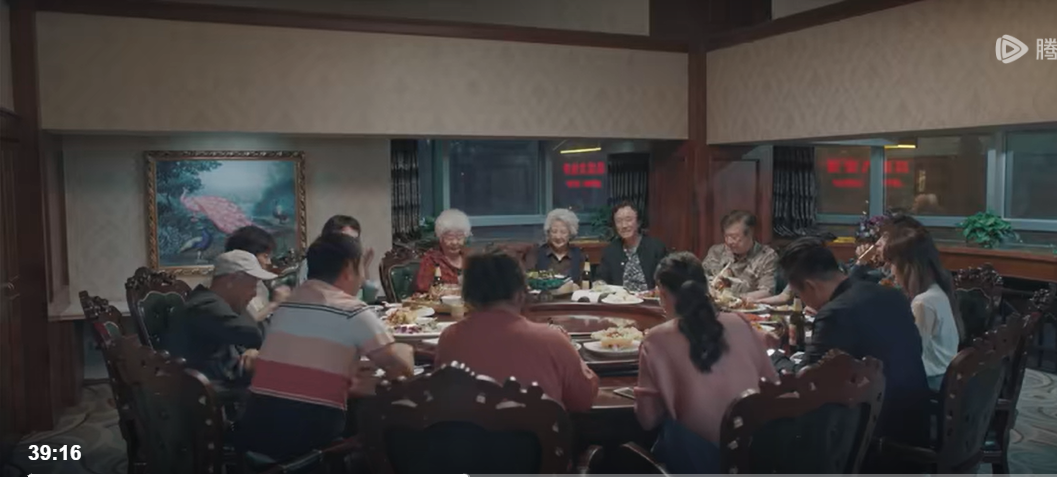
Figure 5: Screenshot from The Farewell (00:39:16)
“The urban culture reflects and expresses the individuality and character of a city, thereby highlighting its unique urban features and charm” [15]. The Farewell embodies the Chinese family dinner table culture (Figure. 5), exhibiting the internal spaces of a family while exposing issues related to the recognition of Chinese-American identity. Through a blend of various perceptions, the movie effectively captures the vibrant atmosphere of Changchun and the ambiance of a Chinese family. The most iconic dinner scene occurs in the third act, introducing the aunt and her son. This scene portrays the dialogues and collisions among family members influenced by different cultural identities and values. The mother detests traditional culture, labeling it as “hypocritical,” and aspires to American values. Conversely, the aunt prioritizes economic interests, believing that China is better, leading to a sharp contrast and mutual mockery between the two over the superiority of China or the United States. Billi’s father, while having subconscious reservations akin to the previous generation of immigrants about distinguishing himself from China, openly admits to his American citizenship in front of his grandmother. On the other hand, the uncle, holding a foreign passport like Billi, plays the mediator and claims to always have a “Chinese heart.” The discussion on the issue of Chinese-American identity is particularly evident during the dinner scene. Older-generation Chinese-Americans like Billi’s father and uncle no longer perceive themselves as “Chinese,” attempting to distance themselves from China. However, for Billi, her Western education shapes her views differently from the traditional Chinese approach, as she tries to tackle problems using her Western education.
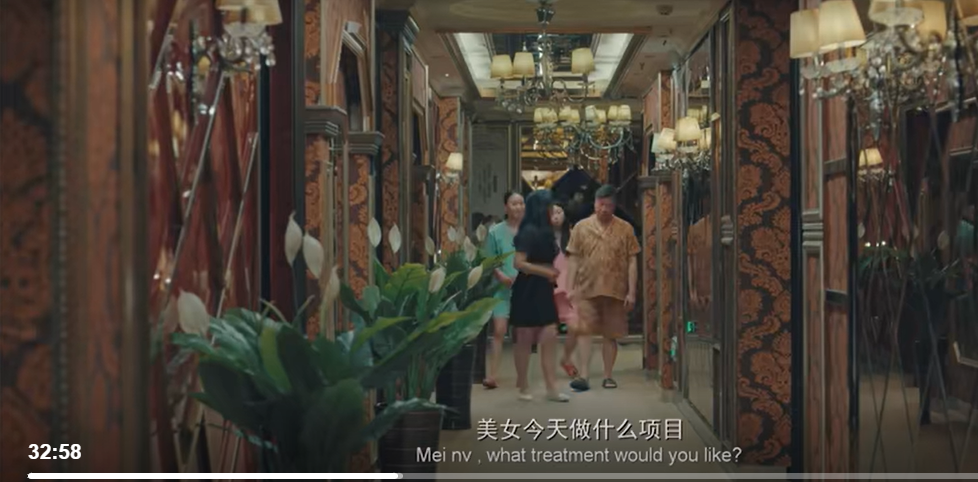
Figure 6: Screenshot from The Farewell (00:32:58)

Figure 7: Screenshot from The Farewell (00:33:59)
The Farewell pays attention to the unique urban culture of Changchun in northeastern China - the bath culture. Audiences can glimpse the distinct cultural exchange of Changchun and the differences between Eastern and Western cultures from the movie. The aunt takes Billi to experience the bathhouse, leading to some humorous yet awkward situations. Inside the bathhouse and massage parlor, attendants greet Billi repeatedly as “mei nv” (美女/ beautiful). Billi asks her father, “What does me nv mean?” Her aunt scoffs and explains, “In China’s service industry today, regardless of age or appearance, as long as you’re female, they’ll call you mei nv.” The aunt also introduces Billi to fire cupping therapy, causing her to scream in pain, leaving round marks on her back resembling violent assault (Figure. 7). These incidents highlight Billi's dual identity, being both immersed in Eastern culture and observing it from a Western perspective, making her gaze the best spectacle. Through the “cinematic eye” that delves into China’s reality, everything temporarily becomes objective material.
The film primarily presents the old-fashioned aspects of Changchun’s urban image, along with the city’s culture of leisure, relaxation, and healing. Through the analysis of the urban image, it becomes evident that The Farewell embodies irreconcilable contradictions, presenting a story seemingly set in a Chinese city, yet not entirely representative of China. For instance, the streets and buildings of Changchun depicted in the film are largely the recollections of the Chinese-American director, distant from reality. Additionally, the emotional comfort provided by the grandmother and the relaxing atmosphere of leisure spaces exemplify this divergence. Hence, the ending of the film despite Billi’s Chinese-American identity, she still perceives her true home to be in the United States, considering China as a temporary respite in her life journey. Therefore, the film essentially presents itself as a Chinese-root-seeking story dressed in a Chinese exterior. Although the movie has moved away from traditional portrayals of Chinese urban images, it still remains confined within the limitations of the Other, only this time, it is “the Eastern warmth solving Western crises.”
In The Farewell, the director employs the protagonist Billi’s shifting thoughts about whether to conceal her grandmother’s illness as a narrative thread, leading the audience into a heartwarming tale of familial bonds. Throughout this process, the director skillfully crafts a distinctive and vivid urban image of Changchun in the film, a cityscape that emerges from the collision between Eastern and Western cultures, reflecting the filmmaker's complex emotions towards her hometown. The myriad scenes within Changchun's urban landscape convey a narrative pointing towards the construction of an imagined Other—a Changchun in the process of reconstruction, an unfinished modernization. Despite Billi’s disillusionment in America, she finds emotional solace in her hometown of Changchun. The city’s culture and urban memories have a profound impact on Billi’s spirit and psyche, evident in her actions after returning to the United States. In a cinematic moment, when her frustrated shout in America startles the birds in Changchun, her journey of Eastern roots accomplishes redemption from her identity in the United States.
4. Conclusion
Through the above analysis, The Farewell has made some progress compared to previous Chinese-American films by highlighting the relationships among Chinese family members. However, this movie has not completely escaped the confines of orientalism; the presented portrayal of Changchun remains the Otherized Changchun. The portrayal of Changchun in The Farewell lacks authenticity, embodying a falsified Oriental image catering to Western exoticism.
For Chinese-American films, especially those involving Eastern culture and backgrounds, emphasis should be placed on transcending simplistic oriental symbols and instead presenting a diverse and profound cultural significance. To achieve this goal, filmmakers must move beyond Western audiences’ stereotypical impressions of Eastern culture and strive to depict a realistic, complex, and multifaceted image of Eastern society. This necessitates a deeper understanding and challenge of orientalism’s constraints, involving not just superficial changes but also a fundamental shift in mindset. Therefore, in depicting Eastern culture, Chinese-American films should focus more on accurately grasping the nuances of indigenous cultural significance, breaking free from excessive accommodation to Western aesthetic standards. This entails not just visual representation but also the expression of cultural essence, ultimately leading to genuine respect and understanding of Eastern cultures.
References
[1]. Lynch, Kevin. translated by Qingyi Lin. Good City Form [M]. Huaxia Publishing House. 2001: 102.
[2]. Chen, Kanghao. A study of multicultural urban imagery in George Town and Malacca [D]. Nanjing University, 2021:90.
[3]. Wang, Hao. Introduction to Urban Image [M]. Hunan Fine Arts Publishing House. 2008.
[4]. Ji, Liqiang. Urban Image: Design Practice and Teaching [M]. Guangxi Normal University Press. 2013.
[5]. Cai, Xudong. A Brief Discussion on Chinese and Western Cultural Differences under the Perspective of Intercultural Communication--Taking the Movie The Farewell as an Example [J]. Journal of Honghe College, 2022,20(03):110
[6]. Liu, Xuchang; Liu, Yongning. The Internal and External Difficulties of the Return of Chinese Films in Cross-Cultural Contexts--Taking The Farewell as an Example [J]. Southeast Communication, 2020(10):59.
[7]. Pageaux, Daniel-Henry. A Research Perspective on Comparative Literature-Cultural Image, in Meng Hua, ed. Comparative Literary Imagery [M], Peking University Press, 2001:109-120.Duan, Yifu. translated by Wang Zhibiao, Space and Place: Perspectives on Experience [M], Renmin University of China Press, 2017:109.
[8]. Lynch, Kevin. translated by Yiping Fang, Xiaojun He. The Image of the City [M]. Huaxia Publishing House. 2015:7.
[9]. Duan, Yifu. translated by Wang Zhibiao, Space and place: an empirical perspective [M], Renmin University of China Press, 2017:1.
[10]. Duan, Yifu. translated by Wang Zhibiao, Space and place: an empirical perspective [M], Renmin University of China Press, 2017:7.
[11]. Zhu Rong and Wu Yao. Urban Memory Forms: Historical and Cultural Preservation and Development in Psychological and Sociological Perspectives [M], Southeast University Press, 2013:28.
[12]. Geng, Jun. Research on the Acceptance Mechanism of Chinese Art by Western Audiences [D]. Southeast University,2020: 132.
[13]. Hall, Stuart; Gieben, Bram (eds). Formations of Modernity [M]. Cambridge: Policy, 1992:341.
[14]. Liu Shouhua, General Theory of Culture [M], Higher Education Press, 1992:3.
[15]. Ren, Zhiyuan. Interpreting Urban Culture [M], China Electric Power Press, 2015:39.
Cite this article
Ye,Z. (2024). Study of Urban Image in Chinese-American Films from the Perspective of the Other: A Case Study of The Farewell. Lecture Notes in Education Psychology and Public Media,43,26-34.
Data availability
The datasets used and/or analyzed during the current study will be available from the authors upon reasonable request.
Disclaimer/Publisher's Note
The statements, opinions and data contained in all publications are solely those of the individual author(s) and contributor(s) and not of EWA Publishing and/or the editor(s). EWA Publishing and/or the editor(s) disclaim responsibility for any injury to people or property resulting from any ideas, methods, instructions or products referred to in the content.
About volume
Volume title: Proceedings of the 2nd International Conference on Social Psychology and Humanity Studies
© 2024 by the author(s). Licensee EWA Publishing, Oxford, UK. This article is an open access article distributed under the terms and
conditions of the Creative Commons Attribution (CC BY) license. Authors who
publish this series agree to the following terms:
1. Authors retain copyright and grant the series right of first publication with the work simultaneously licensed under a Creative Commons
Attribution License that allows others to share the work with an acknowledgment of the work's authorship and initial publication in this
series.
2. Authors are able to enter into separate, additional contractual arrangements for the non-exclusive distribution of the series's published
version of the work (e.g., post it to an institutional repository or publish it in a book), with an acknowledgment of its initial
publication in this series.
3. Authors are permitted and encouraged to post their work online (e.g., in institutional repositories or on their website) prior to and
during the submission process, as it can lead to productive exchanges, as well as earlier and greater citation of published work (See
Open access policy for details).
References
[1]. Lynch, Kevin. translated by Qingyi Lin. Good City Form [M]. Huaxia Publishing House. 2001: 102.
[2]. Chen, Kanghao. A study of multicultural urban imagery in George Town and Malacca [D]. Nanjing University, 2021:90.
[3]. Wang, Hao. Introduction to Urban Image [M]. Hunan Fine Arts Publishing House. 2008.
[4]. Ji, Liqiang. Urban Image: Design Practice and Teaching [M]. Guangxi Normal University Press. 2013.
[5]. Cai, Xudong. A Brief Discussion on Chinese and Western Cultural Differences under the Perspective of Intercultural Communication--Taking the Movie The Farewell as an Example [J]. Journal of Honghe College, 2022,20(03):110
[6]. Liu, Xuchang; Liu, Yongning. The Internal and External Difficulties of the Return of Chinese Films in Cross-Cultural Contexts--Taking The Farewell as an Example [J]. Southeast Communication, 2020(10):59.
[7]. Pageaux, Daniel-Henry. A Research Perspective on Comparative Literature-Cultural Image, in Meng Hua, ed. Comparative Literary Imagery [M], Peking University Press, 2001:109-120.Duan, Yifu. translated by Wang Zhibiao, Space and Place: Perspectives on Experience [M], Renmin University of China Press, 2017:109.
[8]. Lynch, Kevin. translated by Yiping Fang, Xiaojun He. The Image of the City [M]. Huaxia Publishing House. 2015:7.
[9]. Duan, Yifu. translated by Wang Zhibiao, Space and place: an empirical perspective [M], Renmin University of China Press, 2017:1.
[10]. Duan, Yifu. translated by Wang Zhibiao, Space and place: an empirical perspective [M], Renmin University of China Press, 2017:7.
[11]. Zhu Rong and Wu Yao. Urban Memory Forms: Historical and Cultural Preservation and Development in Psychological and Sociological Perspectives [M], Southeast University Press, 2013:28.
[12]. Geng, Jun. Research on the Acceptance Mechanism of Chinese Art by Western Audiences [D]. Southeast University,2020: 132.
[13]. Hall, Stuart; Gieben, Bram (eds). Formations of Modernity [M]. Cambridge: Policy, 1992:341.
[14]. Liu Shouhua, General Theory of Culture [M], Higher Education Press, 1992:3.
[15]. Ren, Zhiyuan. Interpreting Urban Culture [M], China Electric Power Press, 2015:39.





